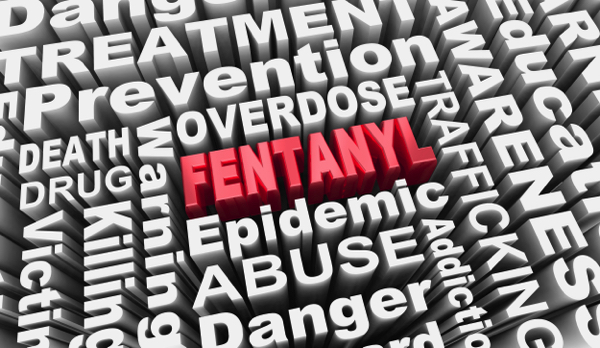Naloxone’s miraculous impact on fentanyl overdose rates masks an ongoing crisis
12/27/2024 / By Lance D Johnson

The United States is witnessing a notable decline in overdose deaths from synthetic opioids, particularly fentanyl, marking a significant milestone in the battle against this deadly drug. Naloxone has proven to be a powerful antidote, saving lives. However, behind the encouraging statistics lies a complex, ongoing struggle for many communities and individuals.
Naloxone prevents overdose deaths, but there’s more to the crisis, addressing behavior patterns and root causes of addiction
- Fentanyl Overdose Deaths Plunge: For the first time in a decade, synthetic opioid-related deaths are declining. In the 12 months through July 2024, the U.S. recorded a 22% decrease, while Ohio saw a dramatic 34% drop. This shift is attributed largely to the widespread distribution of naloxone, the life-saving antidote for opioid overdoses.
- Naloxone’s Widespread Availability: Since the FDA allowed over-the-counter sales in March 2023, naloxone has become increasingly accessible. In Ohio alone, nearly 320,000 two-dose kits were distributed in the first 10 months of 2024, marking a significant increase from previous years.
- User Experiences: James “Sleaze” Morgan, a frequent user in Columbus’s Hilltop neighborhood, credits naloxone with saving his life at least 20 times in the last few years. However, users also describe the harsh realities of the antidote, particularly the intense withdrawal symptoms it triggers.
- Grappling with Withdrawal and Recurrence: Repeated use of naloxone to revive individuals means they often experience severe withdrawal symptoms and an immediate craving for another fix. Sleaze Morgan, for instance, recalls waking up from a near-fatal overdose feeling intense physical and emotional pain, prompting a frantic search for more drugs.
- Naloxone’s Dark Side: While hailed as a life-saver, naloxone has become a double-edged sword. Users report experiencing violent reactions and acute pain following administration. Some even describe fleeing the scene to evade further doses of the antidote.
- Ongoing Fentanyl Crisis: Despite the decline in overdose deaths, fentanyl remains abundant on the streets, with a steady supply and usage rate in many communities. The Hilltop area of Columbus, known for its trap houses and drug exchanges, continues to be heavily impacted by fentanyl and other illicit opioids.
- Introduction of Tranquilizers: Researchers are investigating the role of veterinary tranquilizers, such as xylazine and medetomidine, mixed with fentanyl in reducing overdose rates. These tranquilizers, though dangerous in their own right, may be contributing to a longer-lasting high and reduced need for frequent fixes, which could explain the decrease in fentanyl-related deaths.
- Continued Need for Support: Community centers like the Hope Resource Center in Columbus report a growing number of visitors, with usage increasing by about a third compared to the previous year. Despite the drop in fatalities, these centers remain crucial hubs for providing support, naloxone, and referrals to treatment programs.
- Complexity of the Opioid Crisis: While the decline in fentanyl overdose deaths is welcome news, the underlying factors driving this trend remain multifaceted. Experts debate whether reduced drug purity, the presence of tranquilizers, or the depletion of at-risk populations are primarily responsible for the lower mortality rates.
- Call for Continued Vigilance: Analysts stress the importance of not becoming complacent in the face of improved statistics. Communities and officials must remain vigilant, focusing on providing broader access to naloxone, expanding treatment options, and addressing the root causes of substance abuse.
The fight against fentanyl is far from over. As communities continue to deploy naloxone to save lives, the challenge lies in addressing the intricate dynamics that fuel this ongoing crisis. The decline in overdose deaths offers a moment of hope, but it is overshadowed by the stark realities of ongoing addiction and the urgent need for comprehensive solutions and addressing the root causes of addiction, behavioral disorders, behavioral patterns, enabling and mental illness.
For the latest stories and information on this topic, check out Addiction.news.
Sources include:
Submit a correction >>
Tagged Under:
addiction, addictive behaviors, behavioral disorders, Big Pharma, deception, enabling, faked, fentanyl, health science, insanity, loss of control, naloxone, opiod crisis, opioids, overdose deaths, pharmaceutical fraud, Prescription drugs, prevention, substance abuse, truth, withdrawal
This article may contain statements that reflect the opinion of the author
RECENT NEWS & ARTICLES
COPYRIGHT © 2017 FAKED NEWS




















